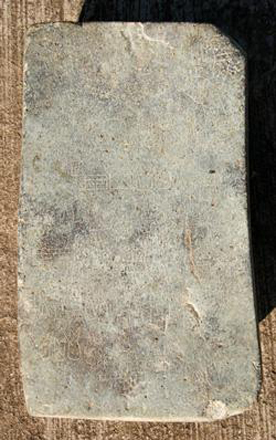
|
||||||
|
|
||||||
|
|
|
Cascajal stone slab shows oldest New World writing
The images found on the stone slab, known as the Cascajal block, show an early form of Olmec writing which dates nearly 3,000 years ago, and is the first solid evidence of a true written language. The Cascajal script is the first new writing system discovered in decades and it is distinctively different from the writing of later Mesoamerican cultures. Previous examples of Olmec writing extend back no more than 2,600 years. Samples of Mayan writing in Central America date to as early as 2,200 to 2,400 years ago. Repeating symbols The slab, which weighs about 12 kilograms and measures 36 cm long, 21 cm wide and 12 cm deep, is blank on all sides except one, which has been ground smooth and inscribed with 62 symbols of a hieroglyphic script. The symbols are arranged in rows and some are repeated, similar to other written languages Three of the 28 distinct symbols appear four times, six appear three times, and 12 appear twice. Some symbols resemble objects including an insect, an ear of corn and a throne. The repeated paring of signs – such as a throne with a mat-like symbol – suggest poetic couplets, a form used by later cultures in the region. The meaning of of the script remains a mystery, since this is a single inscription, and not part of a language with which we are familiar. The script may represent a regional invention that died out in relative obscurity. Wooden figurines from Olmec sites of about the same age have a few similar signs carved in the backs of their heads. Reusable slab With rock rare in the area, researchers speculate that the Olmec normally wrote on wood or paper, which would have decayed long ago. Since the inscribed side of the Cascajal slab appears to have been ground down, the Olmec may have reused the slab by grinding earlier inscriptions away and then writing over the area.
RESOURCES: Information gathered for educational purposes under the "fair use" provision of the U.S. Copyright Act of 1976.
|
||||
|
|
||||||
